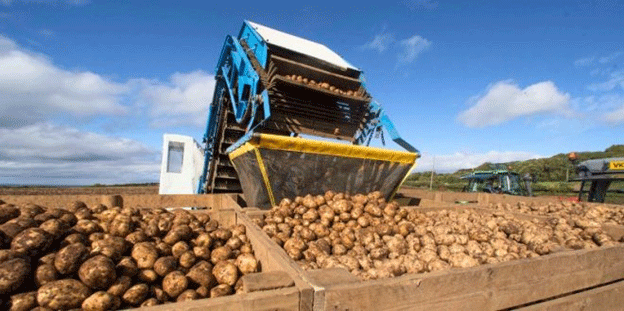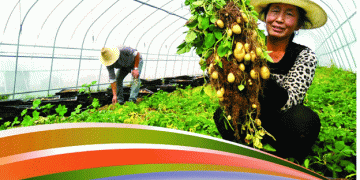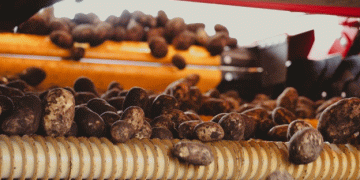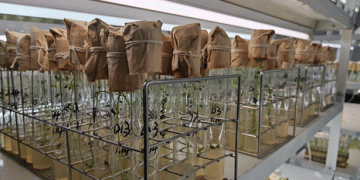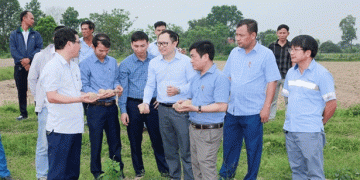As schools reopen after the summer break, the demand for potatoes in the retail sector is rising, providing a much-needed boost for growers. However, despite this improvement in market conditions, the 2024 potato season has brought a set of challenges for farmers in both the UK and Ireland.
According to the latest Irish Farmers’ Association (IFA) potato report, new season Rooster potatoes are gradually entering the market. Rooster potatoes, known for their versatility and popularity, are a significant staple in both domestic and export markets. Yet, yields of these later-planted crops have been inconsistent, particularly those grown from home-saved seed, which have shown considerable variability in output.
Challenges in Potato Production
One of the most pressing issues this season is the development of bold tubers. Excessive tuber numbers on numerous crops have been a significant impediment in the UK. To counteract this, many growers have had to resort to irrigation to manage the soil conditions adequately.
Irrigation has become increasingly crucial, especially before the burn-down stage, to reduce dry matter levels in the tubers. This is a vital step in ensuring the potatoes meet quality standards for retail and processing. Without adequate irrigation, growers risk higher levels of bruising, which can lead to rejections, particularly in common varieties such as Maris Piper and White potatoes.
The IFA report highlights that the need for irrigation is not only about maintaining yield but also about preventing quality issues that have become more prevalent this season. The bruising problem, often caused by dry soil conditions, can significantly impact the marketability of the crop. Unfortunately, this has led to some shipments being rejected, which is a major concern for growers who are already dealing with rising production costs.
Market Dynamics and Outlook
On the brighter side, the increasing demand from schools and other institutions is expected to support retail consumption as we move into the autumn months. The reopening of schools typically signals a rise in demand for potatoes, especially for varieties used in prepared meals and snacks.
Additionally, the foodservice sector, which has seen a steady recovery post-pandemic, is also contributing to this upward trend. Consumers are returning to restaurants, and potato-based dishes remain a popular choice on menus, driving demand for consistent supply and quality.
The broader market context indicates that while there are challenges in production, there is also an opportunity for growers to capitalize on improving demand conditions. The key will be managing production practices effectively to meet quality standards and ensuring that yields are maximized through strategic use of resources such as irrigation.
